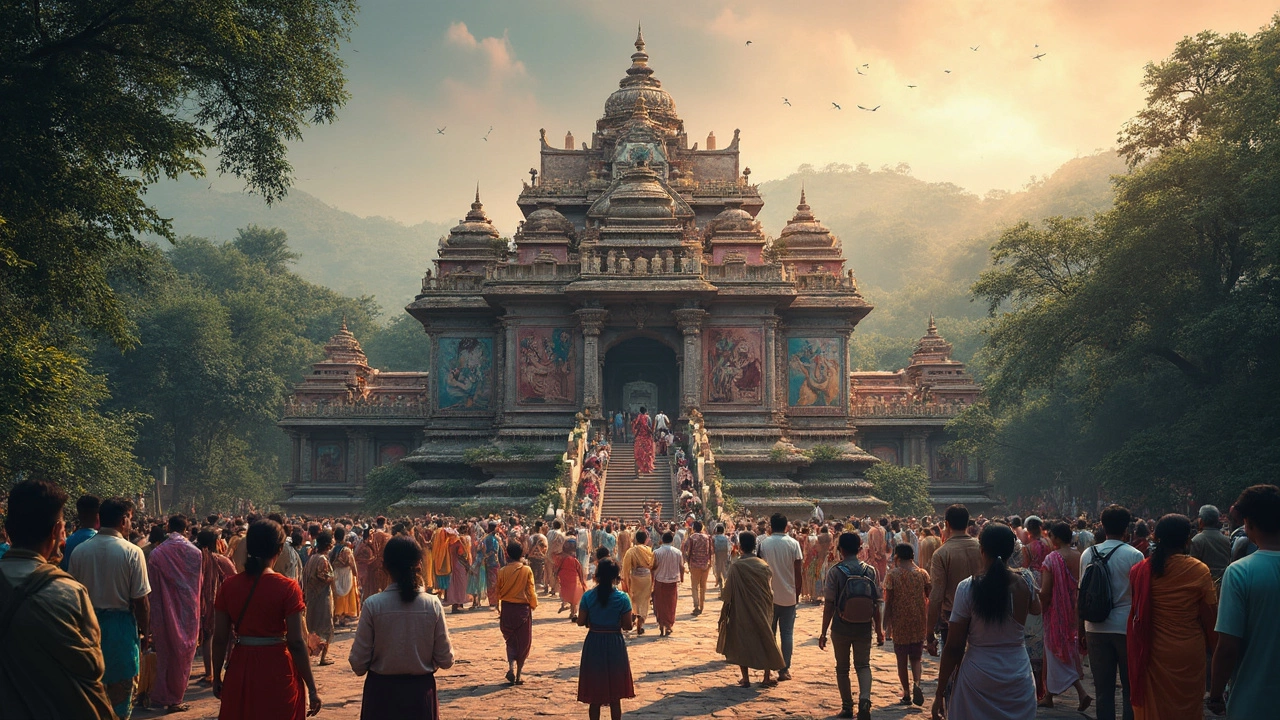Heritage Exploration in India: Discover Ancient Sites, Temples, and Cultural Treasures
When you think of heritage exploration, the act of visiting and learning from places shaped by centuries of history, culture, and belief. Also known as cultural heritage travel, it’s not just about seeing old buildings—it’s about understanding the people, rituals, and stories that built them. India is one of the few countries where heritage isn’t locked away in museums. It’s alive—in the chants of temple priests, the carvings on 1,200-year-old stepwells, and the marble halls of emperors who ruled from the Taj Mahal.
Heritage exploration here means walking through UNESCO World Heritage Sites, locations recognized by the United Nations for their outstanding cultural or natural value. Also known as World Heritage Sites India, there are 43 of them, from the rock-cut caves of Ajanta to the ancient city of Hampi. Each one tells a different story: some are about faith, others about engineering, and a few about trade routes that connected empires. You’ll find Indian temples, sacred spaces designed with precise geometry, spiritual symbolism, and community rituals. Also known as Hindu temples, they’re not just places of worship—they’re living museums of art, music, and tradition. Visiting one isn’t just about sightseeing. It’s about learning the rules: how to dress, when to remove shoes, why you can’t point your feet at the deity. Skip the guidebook. Ask a local. They’ll tell you what matters.
Heritage exploration in India doesn’t mean sticking to the big names. It’s also about Nagpur, the geographical heart of the country, where you can start a journey into central India’s forgotten forts and tribal art. It’s about knowing that the same culture that built the Taj Mahal also built quiet stepwells in Rajasthan that still collect rainwater today. It’s about realizing that a 500-year-old temple in Kerala follows the same rituals today as it did in 1520.
What you’ll find in the posts below isn’t a list of places to check off. It’s a guide to understanding what makes each site matter. You’ll learn how to visit temples without offending, why the Taj Mahal draws millions but still feels sacred, and how to spot the difference between a real heritage site and a commercialized copy. Whether you’re planning a trip to South India’s stone temples or trekking near the Himalayan forts, these stories will help you see more than just stone and mortar. You’ll see history breathing.
